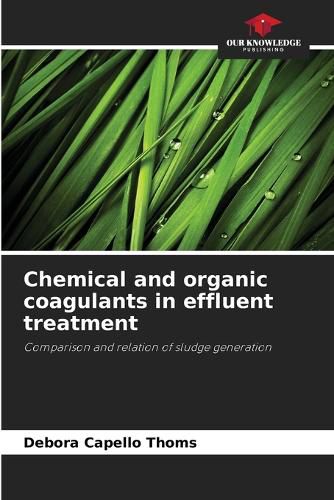Chemical and organic coagulants in effluent treatment
Debora Capello Thoms

Chemical and organic coagulants in effluent treatment
Debora Capello Thoms
The concern and demands for the proper treatment of effluents generated in the most diverse processes arising from anthropogenic activities are nothing new these days, and are growing more and more. Among the most commonly used chemical coagulants are aluminum sulfate, ferric chloride, aluminum hydroxychloride and ferric sulfate. These coagulants are used in the primary process and are responsible for removing approximately 60% of the organic matter (SCHUCK, 2011), microorganisms and other substances present in the effluent. In recent years, natural alternatives without the metallic composition found in traditional coagulants have been sought to remove organic matter. Among the alternatives is tannin, described by Cruz (2004) as a natural polymer that is increasingly being used, obtained from the extract of black wattle (Acacia mearnsii). The use of these coagulants/flocculants depends on the physical characteristics of each effluent under analysis, relating mainly to the solids content and resulting in the volume of sludge generated in the effluent treatment plant (LORA, 2002).
This item is not currently in-stock. It can be ordered online and is expected to ship in approx 2 weeks
Our stock data is updated periodically, and availability may change throughout the day for in-demand items. Please call the relevant shop for the most current stock information. Prices are subject to change without notice.
Sign in or become a Readings Member to add this title to a wishlist.


